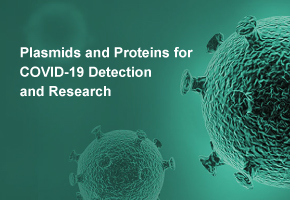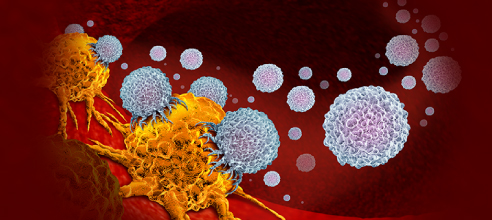Navigating the Landscape of Human Papillomavirus Vaccine Development: A Closer Look at the Science behind the Shot
Human papillomavirus (HPV), a common
sexually transmitted infection, can beget a wide range of health problems
including genital warts and cancers. Development of HPV
vaccine is a major advance in guarding people against the contagion. The
first HPV vaccine, Gardasil, was approved by the US Food and Drug
Administration (FDA) in 2006. This vaccine protects against several HPV strains
(e.g., 6, 11, 16, and 18) known to induce cervical cancer
and genital clods.
The development of HPV vaccines is a
complex and grueling process that requires time for exploration and testing. Researchers
must identify specific HPV strains that are most likely to trigger cancer and
develop a vaccine that stimulates the immune system to produce antibodies
against those strains. Ensuring the safety and efficacity of HPV vaccines is a significant
challenge in their development. Like all vaccines, HPV vaccines must undergo
expansive clinical trials to prove their safety and effectiveness. These trials
involve typically thousands of subjects and require considerable time. One of
the major improvements in the development of HPV vaccines is a technology called
virus-like particle (VLPs), which are molecules that resemble the structure of viruses
but don't contain the complaint-causing viral genetic material. This allows the
immune system to respond quickly and click out the virus when facing an attack.
Research and development of HPV vaccines
has been ongoing since the early 2000s, with multiple clinical trials
demonstrating the safety and efficacity of the vaccines. The vaccines have been
shown to be largely effective in precluding HPV infection and related
conditions, with some studies reporting a 90% reduction in HPV-related cancers
in vaccinated individualities. In recent times, efforts have been made to
ameliorate the availability and vacuum degree of HPV vaccines, particularly in
low-income countries where cervical cancer is a leading cause of cancer-related
deaths. In addition, enterprises similar as the Global Alliance for Vaccines
and Immunization (GAVI) have helped to increase the distribution of HPV
vaccines to these regions.
Future explorations in HPV vaccines may
include the development of thermostable formulations that are not required for
refrigeration, as well as the possibility of vaccination programs targeting
older age groups and males to further reduce the burden of HPV-related disease.
In addition, novel vaccine delivery systems, such as DNA-based vaccines and
nanoparticle-based vaccines, are currently being investigated and could
potentially improve the efficacy and availability of HPV vaccines.
Overall, the development of HPV vaccines
has been a major cornerstone of the fight against HPV. Continued researches and
efforts are needed to ensure that these vaccines reach all populations at risk
of HPV-related disease. The future of HPV vaccine research and development is
promising, as advances in technology and an increasing understanding of the
virus will provide the basis for new innovations in vaccine design and delivery.
- Like
- Reply
-
Share
About Us · User Accounts and Benefits · Privacy Policy · Management Center · FAQs
© 2025 MolecularCloud



